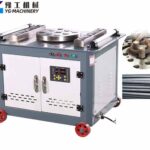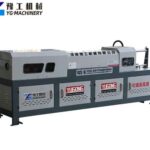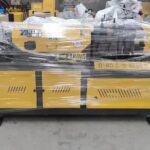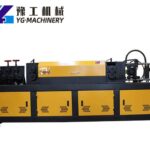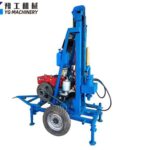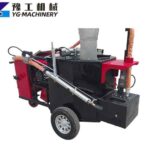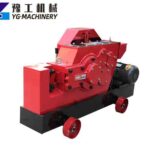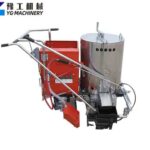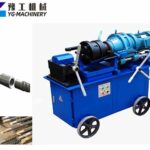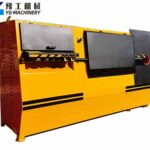Steel bar straightening machines are essential tools in the metalworking industry, designed to correct deformations in steel bars caused by improper handling, storage, or manufacturing defects. These machines employ a combination of mechanical force and hydraulic pressure to realign the steel, ensuring it meets the required specifications for strength, durability, and aesthetic appeal.
Applications of Steel Bar Straightening Machine
Construction Industry: Straightening reinforcement bars for concrete structures.
Manufacturing: Preparing steel for machining, welding, or assembly.
Recycling: Reclaiming bent steel from scrap for reprocessing.
Benefits of Using a Steel Bar Straightening Machine
A. Improved Material Quality
Corrects bends and curves, ensuring steel meets industry standards.
Enhances the structural integrity of the final product.
B. Increased Efficiency
Automates the straightening process, reducing labor costs and time.
Handles high volumes, ideal for large-scale production.
C. Cost Savings
Reduces material waste by reclaiming bent steel.
Minimizes rework and rejects, improving overall profitability.
How Does a Rebar Straightening Machine Work?
The straightening process involves three stages:
- Feeding:
The steel bar is fed into the machine via a conveyor or manual input. Advanced models use automated feeders for continuous processing. - Straightening:
- Roller-Based Systems: Multiple rollers apply incremental pressure to bend the bar back into alignment.
- Rotary Straighteners: Rotating discs or cross-rolls adjust the bar’s curvature through controlled friction.
- Hydraulic Presses: High-force cylinders compress the bar against a die to eliminate deformities.
- Cutting & Output:
Some machines integrate cutting blades to trim bars to specific lengths. The straightened bars are then collected for storage or further processing.

